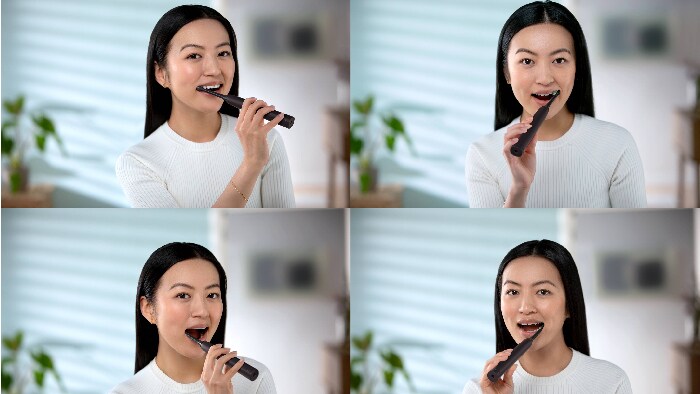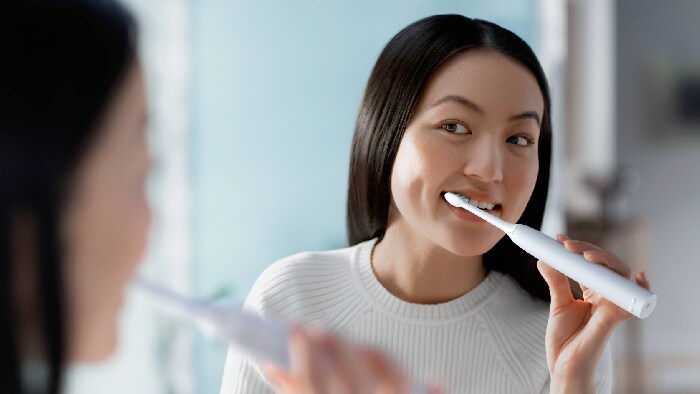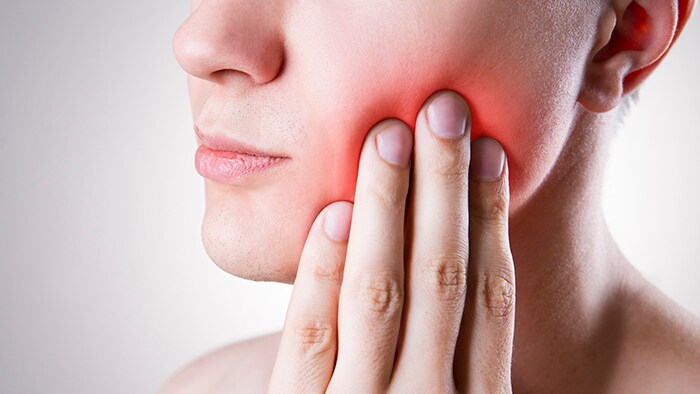How To Remove Plaque and Stop Plaque Buildup
What is plaque?
Plaque is the build-up of bacteria that settles on the teeth. Plaque is something everyone faces and is a standard oral health problem, but excessive plaque can cause problems. Plaque build-up is caused by ineffective oral hygiene or a lack of oral care all together. Fortunately, plaque can be easy to remove.
How to tell if I have plaque build-up
Spotting the early signs of plaque should be simple. The first thing you’ll likely notice is a yellow colouring on your teeth. That yellow is often caused by plaque, which happens to be a pale yellow colour. Plaque can also be colourless, which makes spotting it harder. There are special plaque-spotting tablets that contain a dye that will stain the plaque so you can easily see it. Most heavily coloured food and drink will also do this. Remember being a kid, drinking red cordial, and then seemingly having red teeth? That was the colouring in your drink drink sticking to your plaque. You can repeat the process to point out any plaque, just remember to wash out your mouth and brush your teeth straight after.
How to remove plaque
Removing everyday plaque is easy. You just need to brush and floss every day. Plaque removal is one of the main reasons we need to brush our teeth in the first place. Brush your teeth every morning and evening. Remember to brush every part of your teeth and even onto the gum line as well. Floss every evening before your evening brush. Gently slide the floss between two teeth and move it up and down to remove plaque between the teeth. Floss even up and slightly underneath the gum line, just don’t be too forceful and damage your sensitive gums.

What happens if I let plaque build up?
Plaque can be easy to treat, but if you don’t remove it, plaque can cause serious problems. Plaque comes with harmful bacteria that can grow and spread throughout your mouth. This can lead to bleeding gums, excessive bad breath, and even gum disease. Plaque can also grow and harden into tartar. Built-up plaque is a lot harder to remove and you may need to visit your dentist for professional assistance in removing plaque.
Tartar vs plaque, what’s the difference?
Tartar is what happens when plaque is given free reign of your mouth. Tartar is also called dental calculus, and it can be a lot harder to remove than plaque. Tartar can coat your teeth, extended even beyond the gum line. It can feel crusty and porous and often has a dark yellow colour. Because tartar covers your teeth, it can be harder to remove and can make removing future plaque harder as well. Tartar only occurs if plaque is allowed to grow and evolve. If you never let plaque build up, you’ll never have to deal with tartar.
What you need

Philips Sonicare 3100 series Sonic electric toothbrush
HX3671/23
Goodbye manual toothbrush. Hello Sonic technology.
Sonic technology combined with our brush action gently removes plaque up to 3x better* than a manual toothbrush.
See all benefitsHow to prevent plaque
Knowing how to get rid of plaque and how to prevent plaque are essential when it comes to keeping your mouth healthy. And fortunately, they’re both easy. You just need to brush and floss. Brush twice a day for two minutes each time and floss once a day. You can also use plaque and tartar controlling toothpaste to gain an advantage. Another step you can take to stay in control of your mouth is upgrading to a new toothbrush. If you’re using a manual toothbrush, you might not be brushing effectively and you could accidentally be letting plaque settle. An electric toothbrush brushes automatically, you just need to position the brush head. If you have difficulty manoeuvring your manual toothbrush to brush all your teeth—especially those hard to reach teeth in the back—an electric toothbrush like the Philips Sonicare 3100 with built in pressure sensor could be your solution. The same goes for flossing. Flossing between every tooth gap can be tiresome and those teeth at the back can be hard to reach. An electric water flosser like the Philips Sonicare Cordless Power Flosser provides a thorough 360o clean in just 60 seconds.

Can your diet prevent plaque?
Foods that are high in sugar and starch can feed the bacteria that lives in our mouths, and lead to higher levels of plaque. Swapping out some of these foods for healthier alternatives—raw carrot or apples are always good—can help. So can nuts and seeds, thanks to their abrasive texture that can wear away some plaque while we chew. Remember though, that a healthy diet isn’t the whole solution to a plaque-free mouth. Even if you eat all the right foods, you still need to brush your teeth and visit your dental professional regularly.

Should I see a dentist if I have plaque?
Regular check-ups with a dentist are vital parts in any oral hygiene routine. Small levels of plaque won’t require an emergency trip to the dentist, you can address that at home. If you are concerned though, your dental professional will be able to offer specific advice for you and your teeth.








